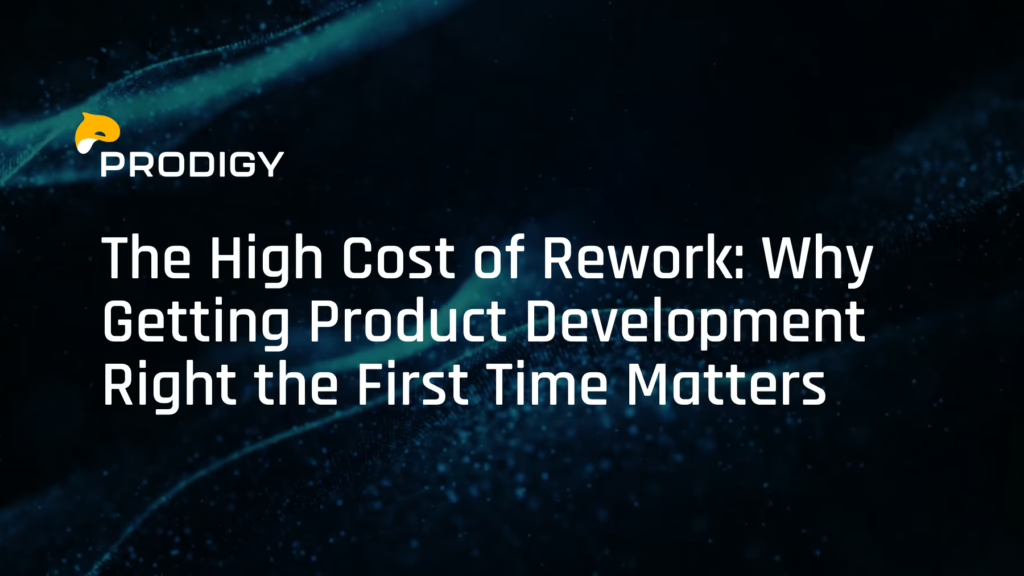Insights
A Quick Guide to the Internet of Things for Your Business
If your business is remotely involved with technology, you’ve likely heard the term, “the internet of things.” And you probably also have some notion of what that means but here’s a quick review: the Internet of Things (IoT) describes the network of physical objects—or “things”—that are embedded with sensors, software and other technologies for the purpose of connecting and exchanging data with other devices and systems over the internet. Generally, this refers to consumer goods.
While similar, when it comes to your business, it can be thought of as the Industrial Internet of Things (IIoT) and includes all of the devices and equipment you use to collect, analyze and act upon the data transmitted from your connected assets, locations and people.
Benefits of IIoT
You likely already know some of the benefits of including connectivity in your products, so let’s explore how having access to real-time data not only provides new insights but can also lead to:
- Potential new revenue streams
- New or improved monitoring & tracking
- Ability to fine tune products & services
- Improved control of operational processes
- Higher employee/equipment productivity
- Better customer experiences
Potential new revenue streams. We worked with one of our partners to create a system that offers remote support, virtual guided repair and machine analytics to their customers’ fleet of equipment. Essentially creating a new revenue stream for themselves and enhanced service to their customers. They also save time and money because the need to travel for in-person troubleshooting is greatly reduced, if not eliminated.
New or improved monitoring & tracking. Having real-time data at your fingertips provides better quality information at the point of need and not days later when critical time to react is lost.
Ability to fine tune products & services. An effective IIoT strategy can help you make improvements to your product or service on-the-fly, often remotely, and show the effects more quickly than traditional methods. Time between updates is greatly reduced.
Improved control of operational processes. Although the importance of process is often talked about, it can be a quandary for many departments. When processes are connected to a defined set of systems and rules, you can experience greater adherence and control of those processes.
Higher employee/equipment productivity. Systems that monitor equipment—or in some cases employees, such as those in high stress roles—can monitor health and lead to higher productivity for devices and better safety for the people running them. In one study, employees on the Ford factory line increased safety by 70%.
Better customer experiences. As was the case with our client and the extra revenue stream, their clients in turn also benefit from reduced downtime thanks to having quick access to diagnostics and repair guidance.
IIoT is a necessity, not a passing fad
If you’re just beginning to explore your company’s usage of IIoT, or you’re considering enhancing what you already have, then you might be wondering whether you really need to do it anyway.
The answer is a resounding, “YES!” Your competitors are already doing it and in 2022 we’re beyond the stage of “what if.” IIoT is proven to be effective in numerous real-world applications and desired by both the companies implementing the strategies and those benefiting from the use of it. New technologies continue to help manufacturers across various industries find ways to innovate, improve productivity and reduce costs. So, what are you waiting for?
Understanding the architecture of IIoT
Fundamentally, IIoT has three layers: the base layer is “the thing,” next is the connectivity layer and at the top is the cloud. From this point we take the standard components and customize them to meet your needs.
Of course, that’s an incredibly simple summary, but to plan, develop and implement a successful IIoT project you need to:
- Define the problems or areas of opportunity
- Review product readiness
- Get your team in place
- Identify what IT infrastructure is present or needed
- Define a business plan
- Conduct competitive analysis
- Implement your Cloud technologies
If that seems a bit daunting, or you’re not sure you have the right technology or engineers in place, then engaging with Prodigy’s Pilot Program might be the right solution. The IIoT Pilot Program can have you up and running in 30 days, keeping you out of “pilot purgatory” while helping to mitigate the usual risks of launching a pilot.





